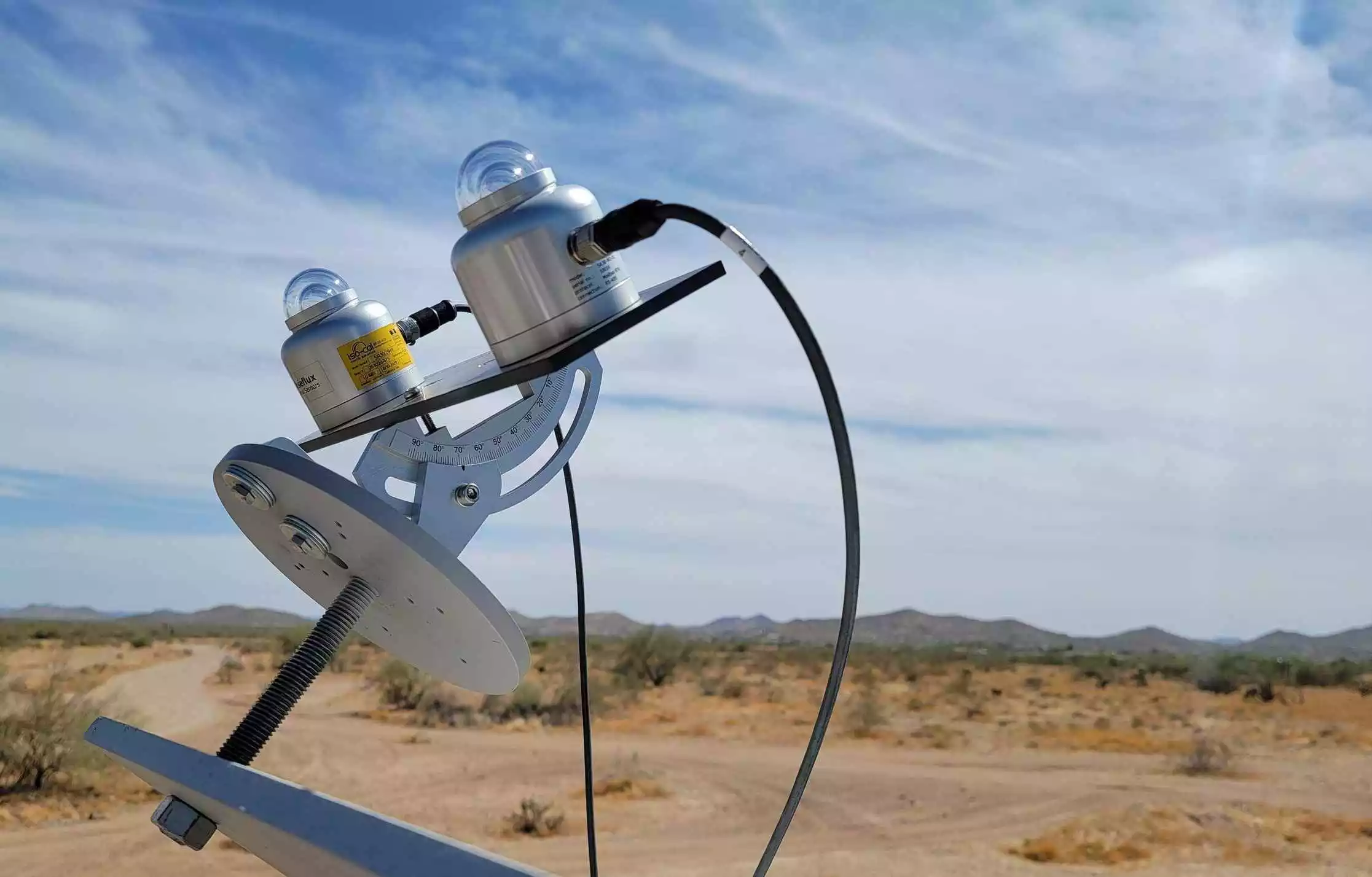How to Calibrate a Pyranometer for Accurate Results
Introduction to Pyranometer Calibration
Pyranometer calibration is a critical process to obtain reliable measurements. Calibration ensures that the pyranometer’s sensitivity is accurate, and it measures the solar radiation correctly. Calibration helps eliminate any systematic errors or biases that may be present in the measurement process.

Pre-Calibration Preparation
Before calibrating the pyranometer, it is essential to ensure that the device is clean, and there are no scratches on the surface. Clean the surface of the instrument using a non-abrasive cleaning solution and a soft cloth. It is also essential to make sure that the pyranometer’s dome is free from any moisture or debris.
Determining the Calibration Factor
The calibration factor is a ratio of the pyranometer’s sensitivity to the standard reference instrument. The reference instrument should have traceability to the World Radiometric Reference (WRR) or a national standard. The calibration factor can be determined by comparing the pyranometer’s response to the reference instrument under standard conditions.
Choosing a Calibration Method
There are two common methods for calibrating pyranometers: the indoor and outdoor methods. The indoor method uses a stable light source, such as a halogen lamp or a blackbody radiator, to provide a known irradiance level. The outdoor method uses the sun as the source of irradiance, and the calibration is done by comparing the pyranometer’s readings to those of the reference instrument.
Indoor Pyranometer Calibration
The indoor calibration method requires a stable light source, which should be placed at a known distance from the pyranometer. The light source should be chosen such that its spectral distribution matches that of the sun. The calibration factor can be calculated by comparing the pyranometer’s response to the reference instrument at different light levels.

Outdoor Pyranometer Calibration
The outdoor calibration method requires a clear sky and a stable reference instrument. The pyranometer and the reference instrument should be placed side by side, facing the sun. The pyranometer’s readings should be compared to those of the reference instrument at different solar angles.

Calculating Uncertainty
After the calibration, it is essential to calculate the uncertainty of the measurement. Uncertainty is a measure of the reliability of the measurement and should be reported along with the measurement results. The uncertainty can be determined by considering various factors such as the calibration factor, the stability of the reference instrument, and the measurement resolution.
Post-Calibration Maintenance
After the calibration, it is essential to maintain the pyranometer in optimal condition to ensure accurate results. Regular cleaning and inspection of the instrument can help identify any issues that may affect its performance. It is also recommended to re-calibrate the pyranometer periodically, especially if there are any changes to the measurement setup or the environment.
Conclusion
Calibrating a pyranometer is an essential step in obtaining accurate solar radiation measurements. The calibration process involves determining the calibration factor, choosing a calibration method, and calculating the uncertainty. Regular maintenance of the instrument can help ensure that it remains in optimal condition for accurate measurements.
Looking for Calibration Services?
Contact ISO-CAL North America.
Related Article
Stay up to date with the industry.
